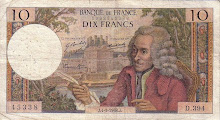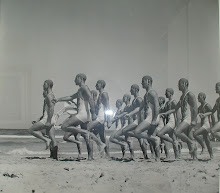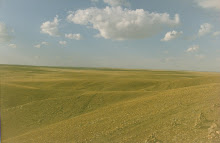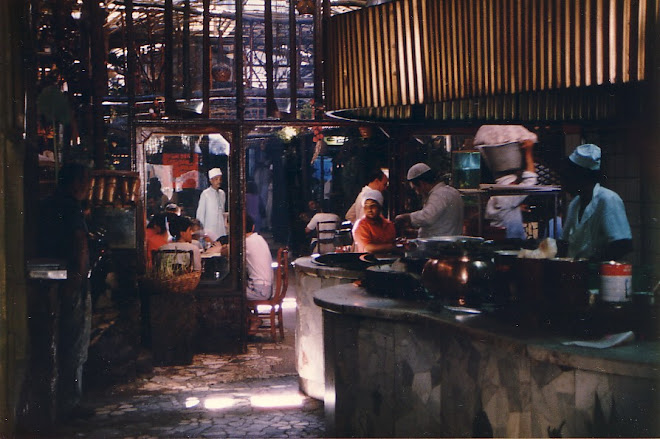What Was It Really Like?

There are legendary performances in all areas of the arts.
In ballet, one was the opening night of 'L'apres midi d'un faune' in Paris in 1912.
The work was presented by Serge de Diaghilev's Ballets Russes at the Theatre du Chatelet. It was choreographed and danced principally by Vaslav Nijinsky. Set to mysterious other-worldly music by Claude Debussy of 1894. Inspired by a poem by Stephane Mallarme of 1876, in part ...
I adore you, rage of virgins o fierce Delight of the sacred naked weight slipping away Fleeing my fiery lip as it drinks, like trembling Lightening! the terror of the flesh: From the feet of the heartless to the heart of the timid one, abandoned together by an innocence Moist with wild tears or less unhappy vapours
Nijinsky was inspired in his choreography by the stiff stylized poses and actions depicted in the friezes of ancient Greek vase painting and sculpture. In a sense such a mode allowed the portrayal of sexual themes not possible in a more realistic presentation.

The sensation of this legendary night was caused mainly by the fact that the faun, after chasing one of nymphs ...

... and picking up a dropped drapery, ...

... placed the garment on the ground ...

... mounted it and proceeded to masturbate into it.


Uproar ... women fainted ... tiaras went askew ... . Gay guys probably got hard.
The newspapers went on full attack.

So I've always wondered what the ballet looked like in performance.
I've studied the photographs - but of course they only go so far.
There have been re-constructions, such as that by Colonel de Basil's Ballet Russe de Monte Carlo, with David Lichine as the faun - photographed by Max Dupain in Australia in 1940.


These images seem to say even less!
Now there are the more recent and well-intentioned reproduction stagings, like that at the Paris Opera - with of course location creds!
And there have been 'evocations' with new choreography such as the beautiful modern classical work for the New York City Ballet by Jerome Robbins in 1958. Later remounted for the Royal Ballet in London. And there's Maurice Bejart's take on the piece. Among many.
Then there was the sad concoction of a 'poem animation' by someone who should remain nameless. Before the subterfuge was exposed, I was so incredibly excited by this supposed discovery of new film of perhaps the greatest dancer of all time - in reputation at least.
I think the only performance that may give some sense of the original is some home footage (?) by one of Nijnsky's successors at the Ballet Russe - Serge Lifar.

Lifar joined the Diaghilev company in 1923, a year after their last mounting of the work by Bronislava Nijinska.
The film fragment is set outdoors - and begins just before the faun gets over -excited by the scarf. It does have the strong unapologetic erotic charge and complete narcissism that I have imagined in the Nijinsky performance on that opening night early last century.
Lifar wouldn't have seen the original but may have heard enough about it to create a viable re-creation.
And I certainly now think I have a much better sense of that extraordinary evening!












+by+Angelica+Kauffmann.jpg)












![C18 Bronze Buddha [Southern China]](https://blogger.googleusercontent.com/img/b/R29vZ2xl/AVvXsEioLkgVKuhDoIHQgM1X6Oe2hGn75yqaj4OJXPmNpumXmQPKxB22S57YS5DVrl1P7zl7BS6EFpAtaNZPze7gzVCRiQI54bwdHhVa4fGr7NOChZwTZoo92gUen6tC5U8gWIy_pv92U0FB38M/s1600/Buddha+%255BBronze%252C+C18%252C+China%255D+1.jpg)













+1998+Cropped.jpg)










